Khatam Kari is one of the Persian arts of marquetry, wherein the surface of wooden or metallic articles is decorated with pieces of wood, bone and metal cut in a variety of shapes and designs.
Materials used in this craft can be gold, silver, brass, aluminium and twisted wire. Various types of inlaid articles and their quality are known by the size and geometrical designs. Smaller pieces result in a higher value of the artwork.
About 400 years ago, the art of Khatam was spread throughout in various parts of Iran. The oldest examples of Khatam crafts belong to the Safavid era. In this era, in addition to the city of Isfahan, the art of Khatam was also considered in southern cities such as Shiraz and Kerman. Inlaid articles in the Safavid era took on a special significance, as artists used this art on doors, windows, mirror frames, Qur’an boxes, pen and pen holders, lanterns and tombs.


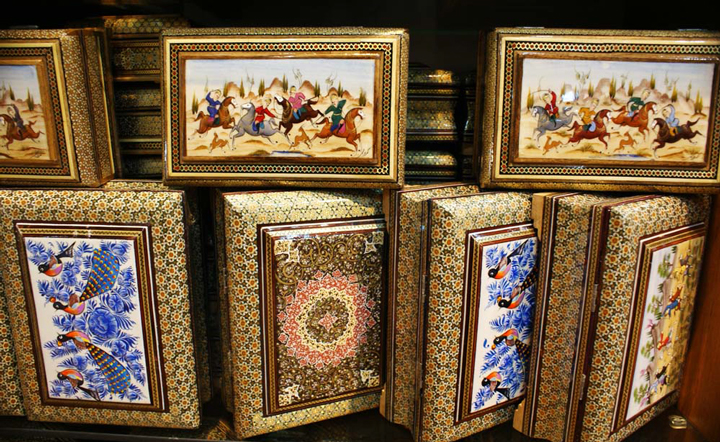
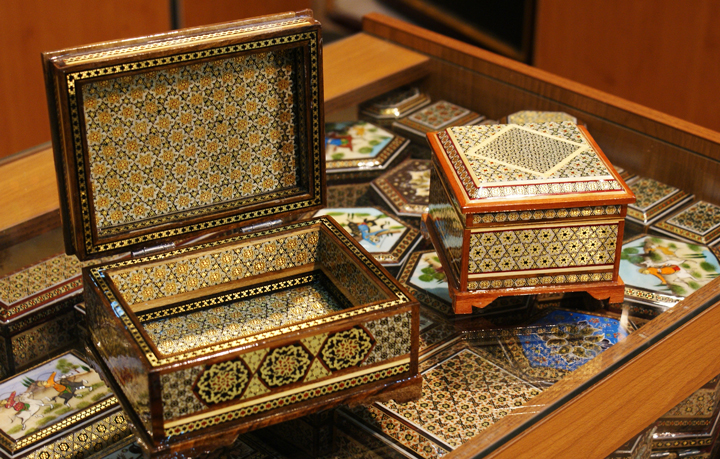
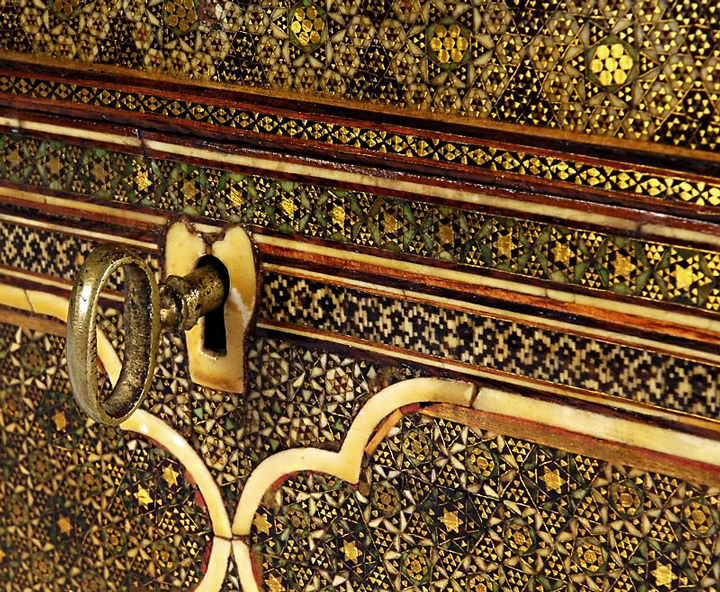
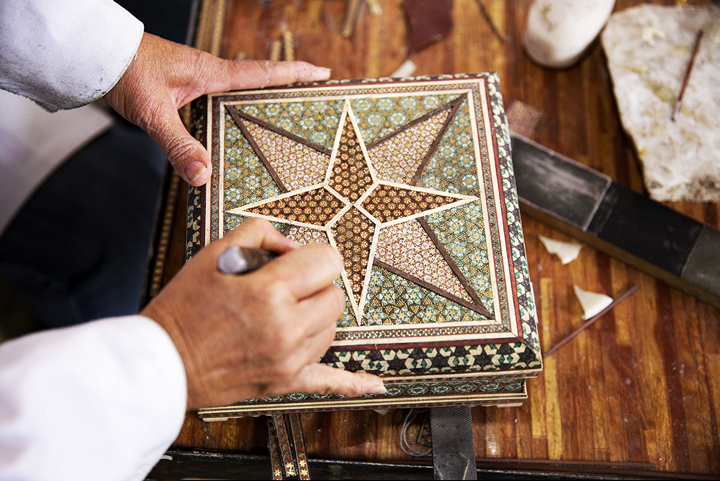
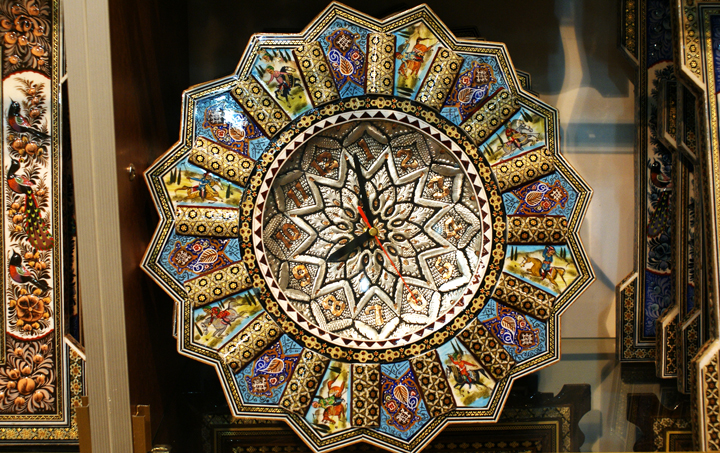
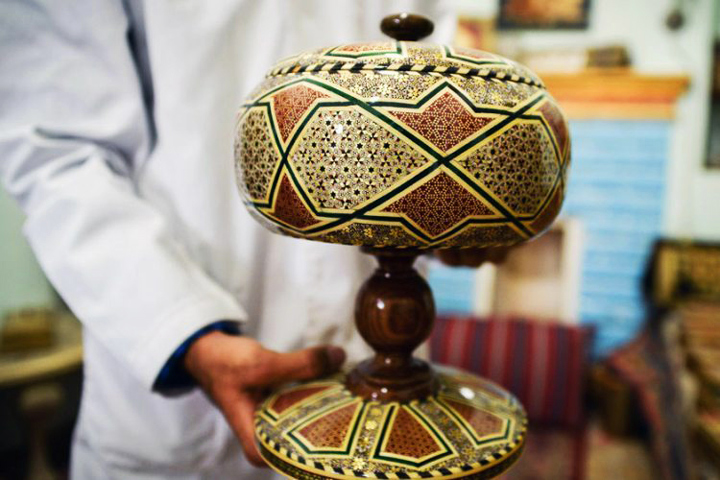
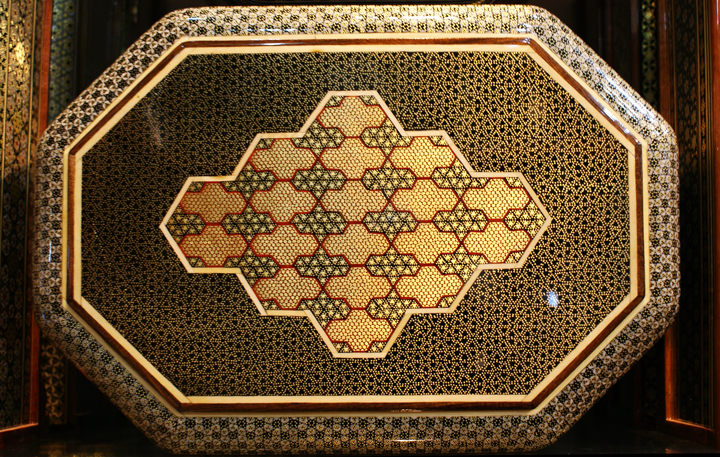
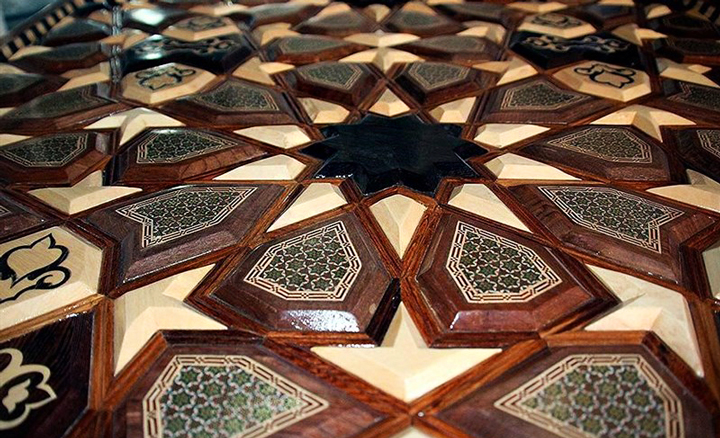
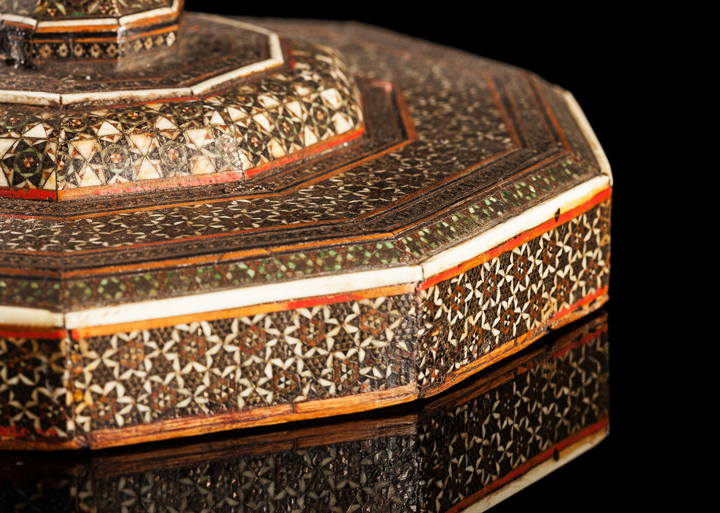
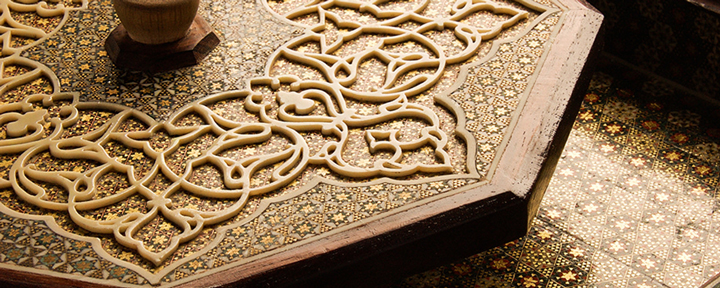
Excellent specimens can be found in historical mosques, palaces and buildings. Khatam Kari is also used in significant monuments, such as the door of Chaharbagh School and Sheikh Safi al-Din Khanegah in Ardabil, The inlaid-ornamented rooms at the Saadabad Palace and the Marble Palace in Tehran etc.
An inlaid desk, which is one of the definitive masterpieces of this art, was awarded the first prize and a gold medal in an art exposition in Brussels. This desk is now preserved in the National Museum of Washington.
Mohammad Bagher Hakim-Elahi and his Master Sanee Khatam were the famous masters of this art.
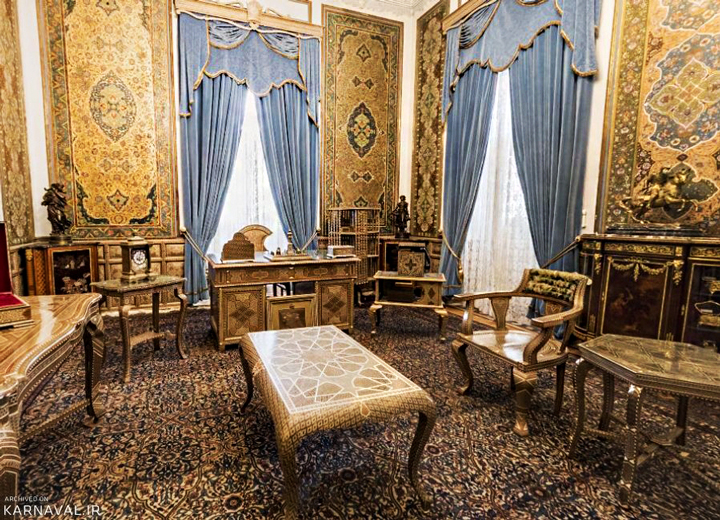
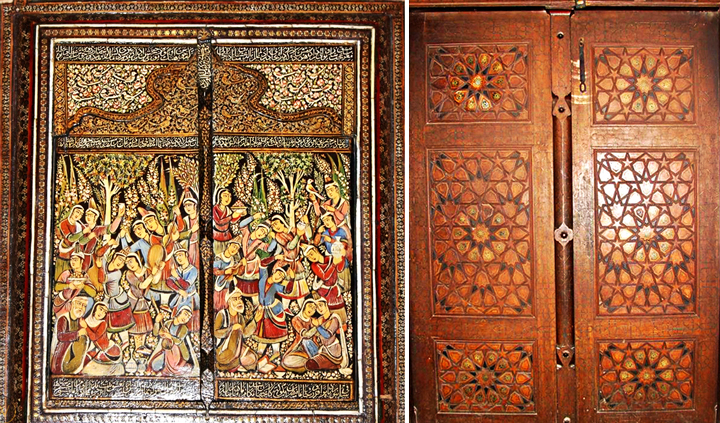
References:


